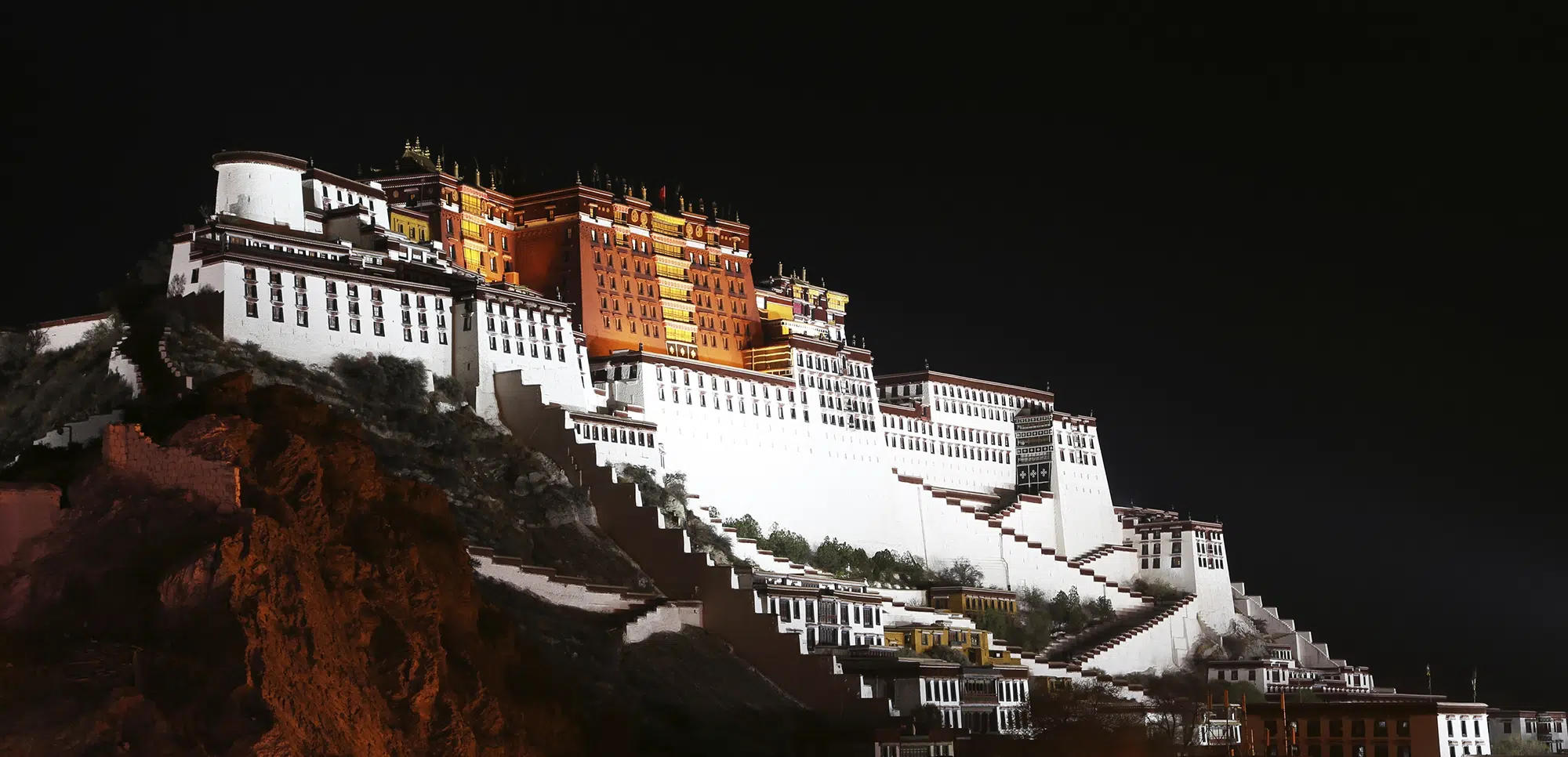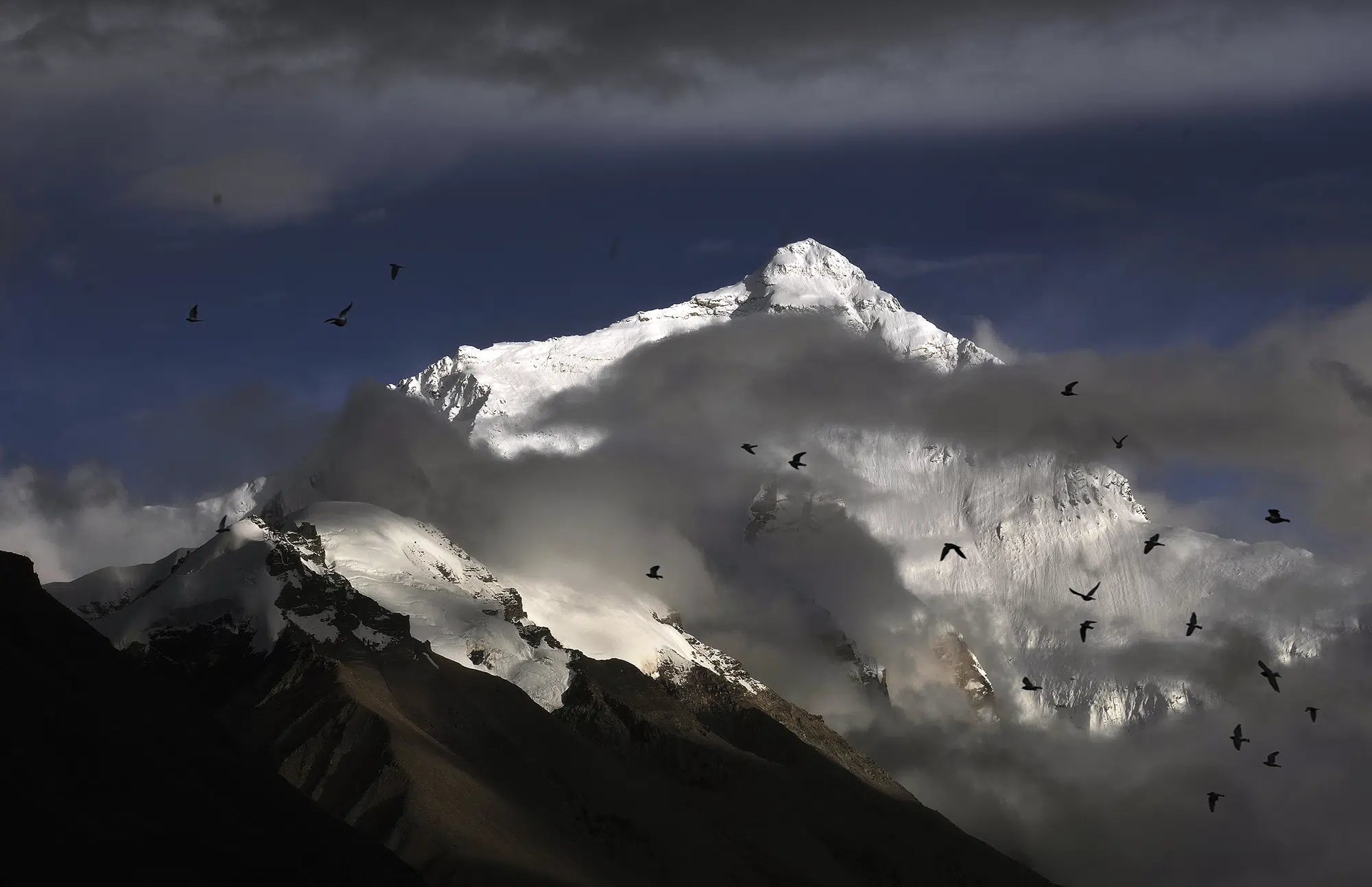

Written By Mila Khyentse
Blog | Culture and tradition | History of Dzogchen | The Dzogchen basics
For the Dzogchen Tradition it all goes back to Garab dorje who, according to tradition, appeared 160 years after the Buddha’s parinirvana.
It all goes back to Garab Dorje (who, according to tradition, appeared 160 years after the Buddha’s parinirvana) who transmitted to his disciple, Manjushrimitra, the sum of his teachings in 6,400,000 verses (Doha), his spiritual testament. Among these verses were the three precepts, “The Three Penetrating Precepts » (tib.: Tsig sum nedeg, Tshig gsum gnad rdegs1), the essence of dzogchen.
Ngo rang thog tu sprad: The direct presentation that reveals the essential nature.
Thag gcig thog tu bcad: The direct decision in certainty.
gDeng grol thog tu bca’ : To establish oneself directly in the Confidence of Liberation.
Dzogchen is a tradition that is still fully alive thanks to the past generations who have never forgotten their predecessors and their teaching.
Manjushrimitra divided these verses into three series, that of Spirit, that of Space and that of the Primordial Instructions (the latter divided into oral and explanatory sections). He left his disciple, Shri Singha, his spiritual testament called the “Six Meditative Experiences”. In turn, Shri Singha divided the explanatory series of the Primordial Instructions into external, internal, secret and ultra-secret cycles in an increasingly concept-free explanatory progression. He conditioned their transmission with a fourfold introduction (to the nature of mind): elaborate, simple, very simple and ultimately simple. Shri Singha had two disciples, Vimalamitra and Jñanasutra. The latter, who received more teachings from Shri Singha, was also Vimalamitra’s teacher to whom he bequeathed his testament, “The Four Profound Methods”. Vimalamitra was invited to Tibet by the translators Kawa Paltsek and Chokro Lui Gyeltsen, where he stayed for thirteen years before disappearing to Wutaishan (China). Together with a translator from Eastern Tibet named Yudra Nyingpo, they translated a great number of Dzogchen texts, which was one of the introductions of Dzogchen in Tibet.
Another transmission was made by Vairotsana, a Tibetan by origin, who went to India to collect transmissions from Shri Singha, from whom he received the Mind and Space series. Wanting to receive more transmissions, he stayed in India and eventually received the entire 6,400,000 verses of the Dzogchen. He then returned to Tibet and taught everything he had collected. Finally, a master from northwest India named Padmasambhava, who is extremely well known in the Tibetan world, is said to have propagated part of the series of Primordial Instructions received from Shri Singha.

Very quickly in Tibet, it was the teachings of the Primordial Instructions that became widespread. These texts are now known as the “Seventeen Tantras”.
A great 14th century Tibetan master, Longchen Rabjampa, compiled almost all the earlier Dzogchen literature into three sums: “The Seven Treasures,” “The Trilogy of Natural Freedom,” and “The Trilogy of Natural Ease”. He tackled the definitions, making them clearer and more refined.
Since the 11th century in Tibet, the Dzogchen teachings have been enriched by texts discovered in the minds of realized practitioners. In the 14th century, the cycle of the moment of death called Karling Shitro (after its discoverer Karma Lingpa) appeared. At the end of the same century Rigdzin Gödem discovered “The Penetrating Wisdom”. In the 17th century, Terdak Lingpa discovered “The Heart of the Deep Meaning of Ati”. In the 18th century, Jigme Lingpa unveiled the cycle of “The Essence of the Heart of Immensity” which became the most widely practiced Dzogchen teaching of the last three centuries.
Longchen Rabjampa systematized the methodological approach2. According to him, it is tripartite and structures the whole path.
1- Bliss (dewa, bde ba)
2- Radiance, clarity (selwa, gsal ba)
3- Non-conceptuality (mitogpa, mi rtog pa)
These are three qualities (emerging from the practice of the dzogchen path) and natures (immanent to the mind) which represent the basis of a tripartite path:
1- preliminaries
2- main practice
3- completion phase
This three-part path can be summarized as the Tshig sum Nedek.
In Dzogchen, as in most traditions of the Asian world, the lineage of transmission from generation to generation is of paramount importance: it allows one to authentically connect with the origin of the realization, because it has been kept alive since the beginning.
Dzogchen is a tradition that is still fully alive thanks to the past generations who have never forgotten their predecessors and their teaching.
1-When Tibetan is noted, the first term is the oral pronunciation and the second term, in italics, is the wylie transliteration. Back
2– Longchenpa, translation and comments by Herbert V. Guenther, Kindly bent to ease us: the trilogy of Finding comfort and ease, Ngal gso skor gsum, vol. 2 Meditation, Dharma Publishing, 1976.
